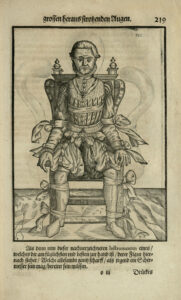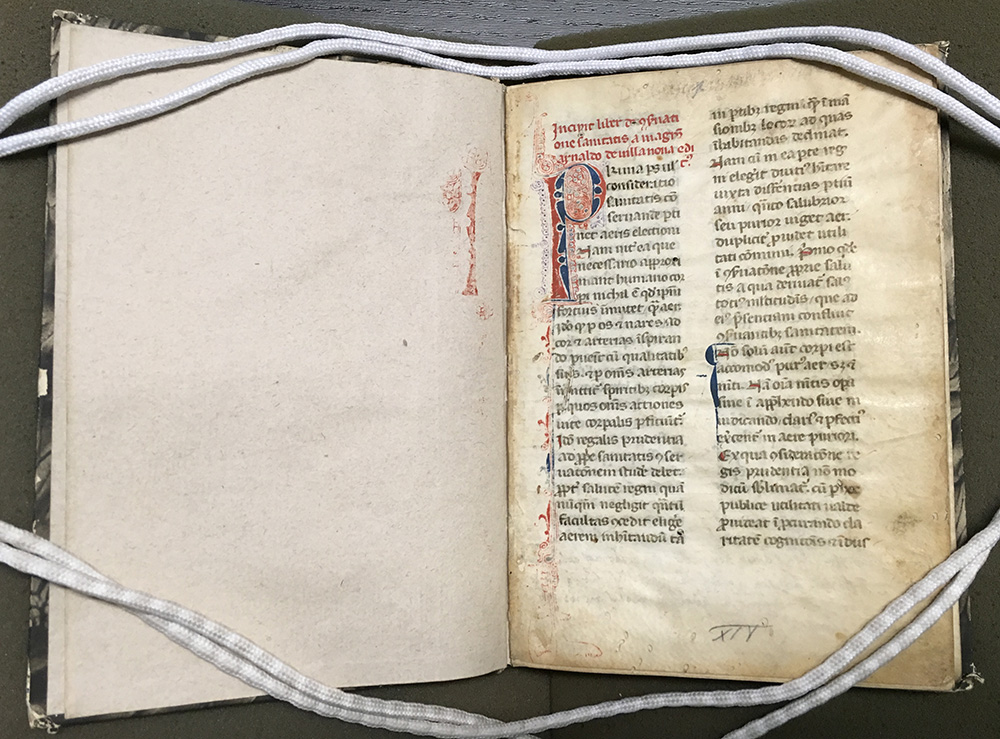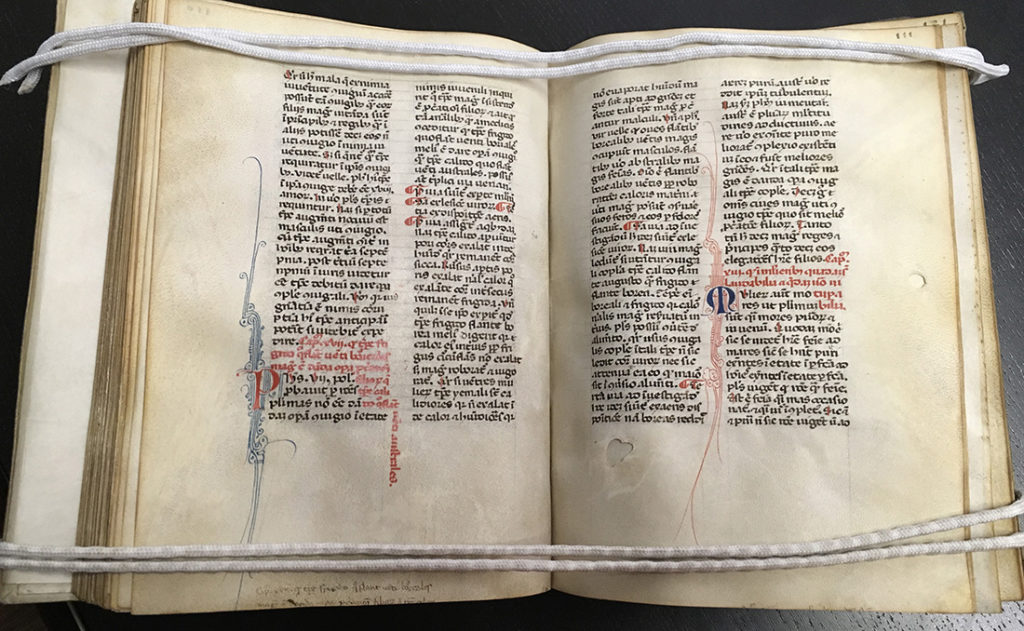– by Patrick Magee, Visitor Services/Gallery Associate

Have you been to your eye doctor lately? The process might have been a little bit different than it was ten or twenty years ago, with developments in optometry resulting in new tests, diagnostic processes and equipment. In some instances, dilation is not even needed for a full exam to be completed anymore! Now, recognizing that these changes have come within many of our lifetimes, can you imagine how much different ophthalmology was a hundred years ago? What about during the Renaissance era? Through the Digital Image Library, we have assembled a collection of images and historical records that show off just what Renaissance era eye doctors could do with the tools and knowledge of the time. Keep in mind some of the forthcoming imagery (both literal and written) might not be for the faint of heart!
Read more



